Lessons From a Bioregional Nomad
Exploring Regenerative Ways of Living, Working and Travelling.
“The Best Dwelling
Depends on Terrain”
Life is beautiful. I sometimes cannot stop smiling at the beauty filling my days.
For the past seven months, I’ve been slowly exploring different bioregions in Norway through WWOOF and Workaway, two platforms where you can find meaningful places to volunteer in exchange for food and accommodation.
I stayed at beautiful regenerative farms, a ceramics studio, an orthodox monastery and ‘Paradise Island’, caring for cashmere goats, wild sheep, peacocks, chickens, runner ducks, rabbits, the land and the water.
I travelled like a snail — carrying my home on my back while staying at each place for at least a month, to slowly sense its true essence and potential.

On this journey, I’ve been living the question:
How does a regenerative and life-affirming way of working, living and travelling look, feel and taste like?
Mother Time helped me patiently wait for the ‘mud to settle and clear’. Now I’m ready to share some insights that crystallised.
Being ‘fully’ human, not a machine
“the laboring man has not leisure for a true integrity day by day; he cannot afford to sustain the manliest relations to men; his labor would be depreciated in the market. He has no time to be anything but a machine.”
We were not made for this.
To stare at our screens, barely blinking.
To jolt awake by our alarms, ignoring our tiredness.
To hide indoors, sheltered from the elements and seasons.
To consume stimulants, suppressing our need for deep rest.
To sit hunched behind desks, with bodies full of tension and stress.
To distract ourselves with entertainment, deadening our feelings even more.
We are made to be human, not machines.
During this adventure, I’m reconnecting to my full humanity. I no longer live like a fragmented being, who reserves ‘being human’ for weekends or after 5 PM.
What if these times of great unravelling require not even more productivity or efficiency, but the integration of our full humanity and aliveness?
Integrating Head, Heart, Hands and Spirit
I now integrate working with my head, heart, hands, and spirit on a daily basis.
A typical day begins at sunrise, waking up with a smile and welcoming the morning through yoga, meditation, calligraphy and deep writing. Then I tend to the animals, followed by physical work on the land or sea, feeling the soil between my fingers and the sun on my back.
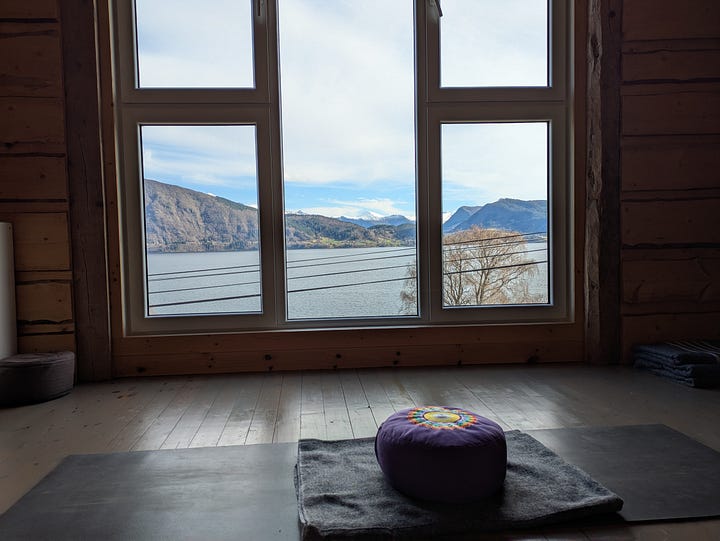
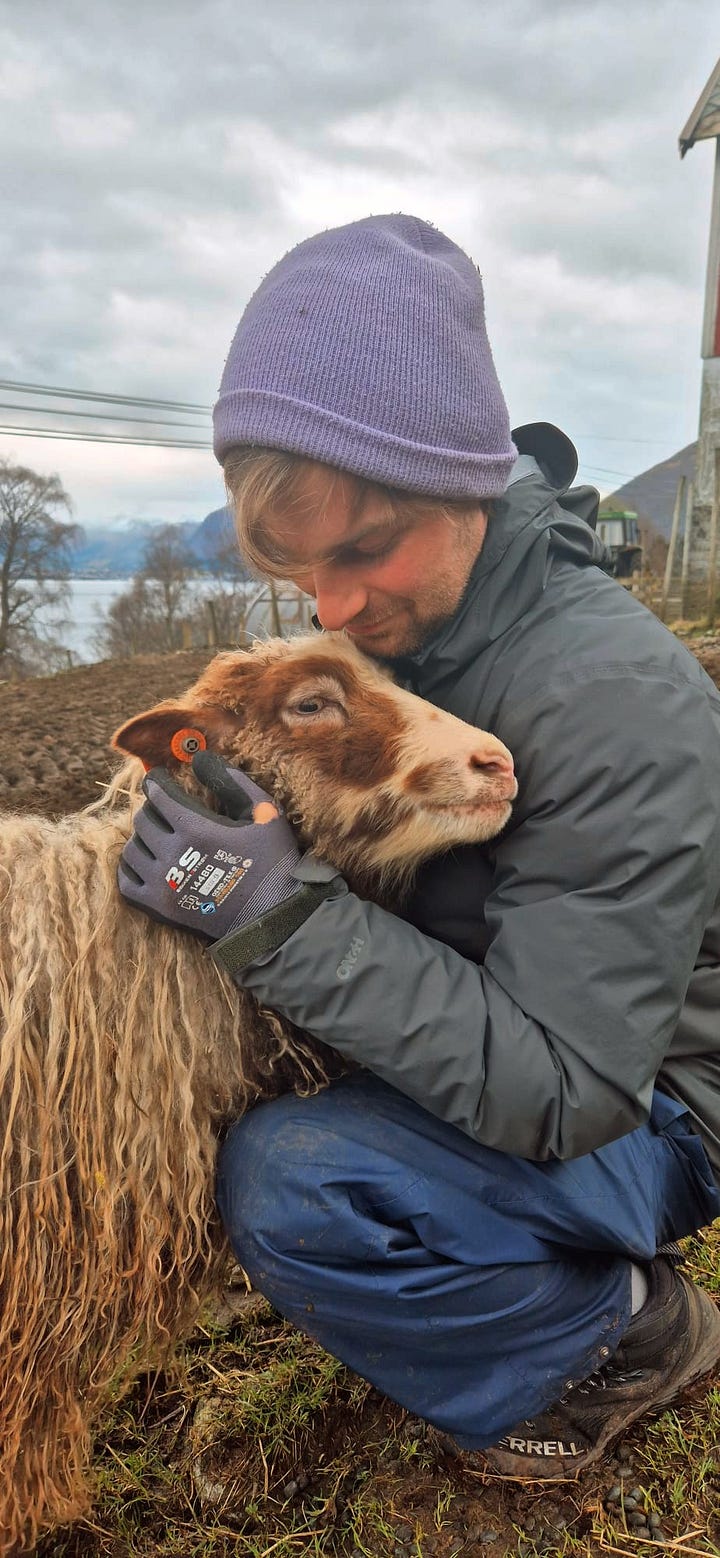
In the afternoons, I open my laptop to do deep work for the Bioregional Weaving Labs Collective. In the evenings we gather for a community dinner, sharing food and stories, while closing the day with slow reading and a walk under the stars.
This schedule would be impossible with a full-time job. Thanks to WWOOF and Workaway I almost have no living expenses, allowing me to work for meaning, instead of money.
And by intentionally limiting my official “working” hours to 20 hours per week, I have never felt more clarity to hold life's inherent complexity.
“Simple in Means, Rich in Ends.”
Subconscious Fermentation — Where Digital Meets Dirt
It felt surprisingly easy to combine WWOOFing work with my digital work for the Bioregional Weaving Labs Collective. I love writing in the mornings and let my thoughts subconsciously ferment and ruminate while working on the land and sea.
It’s a beautiful union of polarities; the union between focus and diffusion, left- and right-brain, embodiment and cognition, System 1 and 2, yu- and wu-wei.
“As she lost consciousness of outer things ... her mind kept throwing up from its depths, scenes, and names, and sayings, and memories and ideas, like a fountain spurting.”
—Virginia Woolf, To the Lighthouse
Being — The Source of Doing
“A Zen understanding of action—the energy behind our action (non-action)—may be more important than the action itself.”
In the past, my ego would have hated working less. In fear of not fulfilling my potential or dying insignificantly.
After coming home to myself in Plum Village, I found peace with “working” less — shifting from ‘making impact’ to ‘being impact’.
As our way of being gives rise to the quality of our relating and doing.

Swimming in the Depths of Time
“I may constantly cry that I need more time, but actually time needs more of me - more of our spacious, uninterrupted timeless time to live out and understand both its extraordinary depths.”
It feels like I’m no longer dragged by the shallow ripcurrents of modernity. Moving from meeting to meeting, event to event, from ‘to do’ to ‘to do’.
It feels like I’m swimming in the depths of time.
Shifting from ‘taking time’ to ‘giving time’ — giving time to be embraced by the wind, kissed by the sun, soaked by the rain, moved by the soil, and befriended by the more-than-human life.
Time is not my enemy anymore, it’s my greatest friend.
The Great Untangling — To Weave or Not to Weave
“Our collective challenge is to weave ourselves back into the fabric of life, the fabric of the universe”.
In Homer's epic poem ‘The Odyssey’, Penelope, the wife of Odysseus wove day and unwove by night. This act of resistance postponed her remarriage during Odysseus' four years of absence — a cycle of creation and release that maintained their oikos (home).
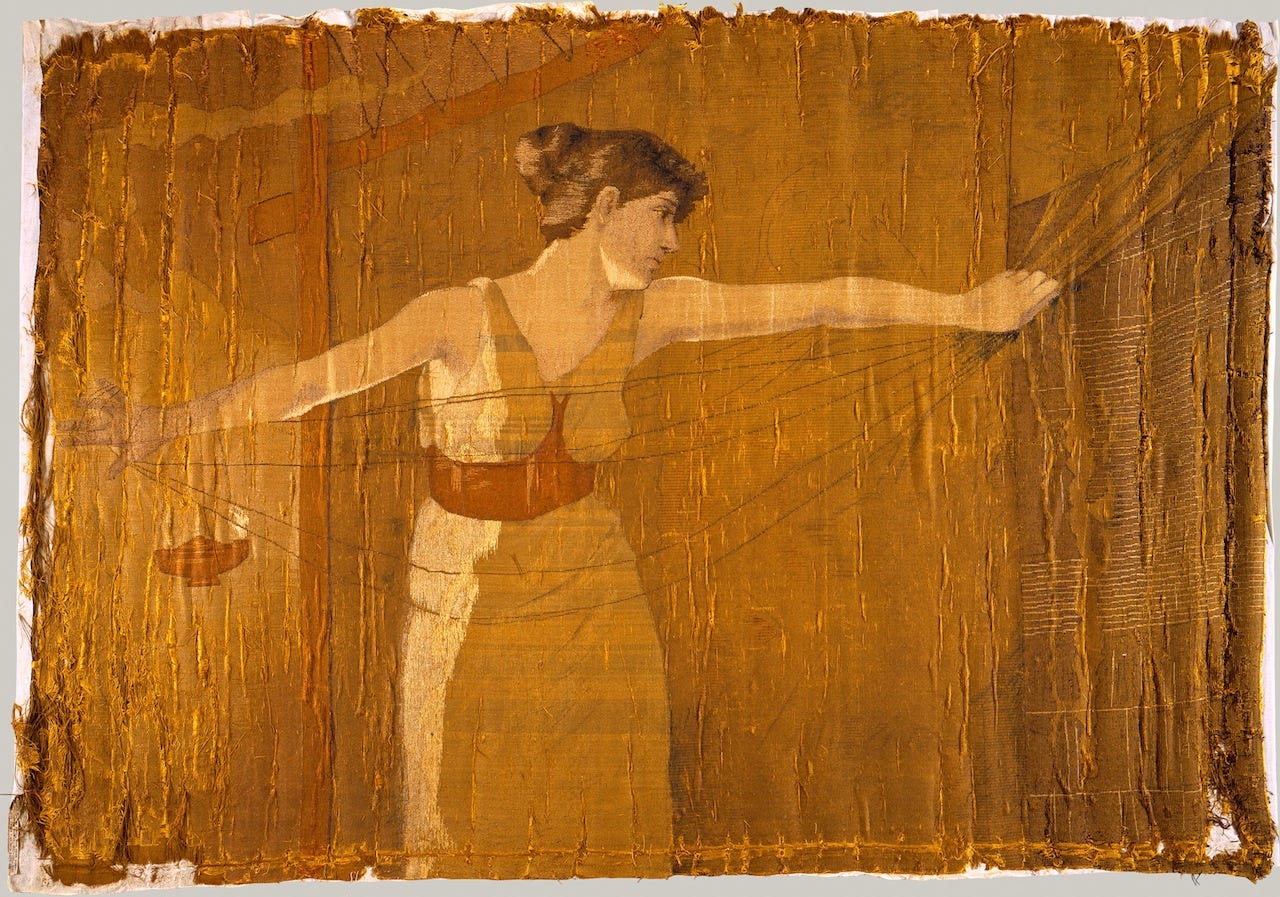
This story reminds me of my own relational patterns—the delicate balance between entangling and untangling — knowing when to weave new threads of relationships and when to unravel ties to systems that no longer serve life.
Being in these remote places, I can feel how the gravitational pull of ‘city life’ is losing its grip on me. We become what we surround ourselves with. We are not separate from our environment, we are our environment. And if we live in places that are inherently extractive, we become extractive.
The path forward requires both weaving and unweaving, entangling and untangling — weaving the sacred while resisting the harmful.
“Dwell in the world, do not deny it, Merge with the Dust, Resonate with outer things, be still and not entangled, in the Dust but not of the Dust, in the World but not of the World.”
Norway — The Land With A Thousand Faces
“Act beautifully.”
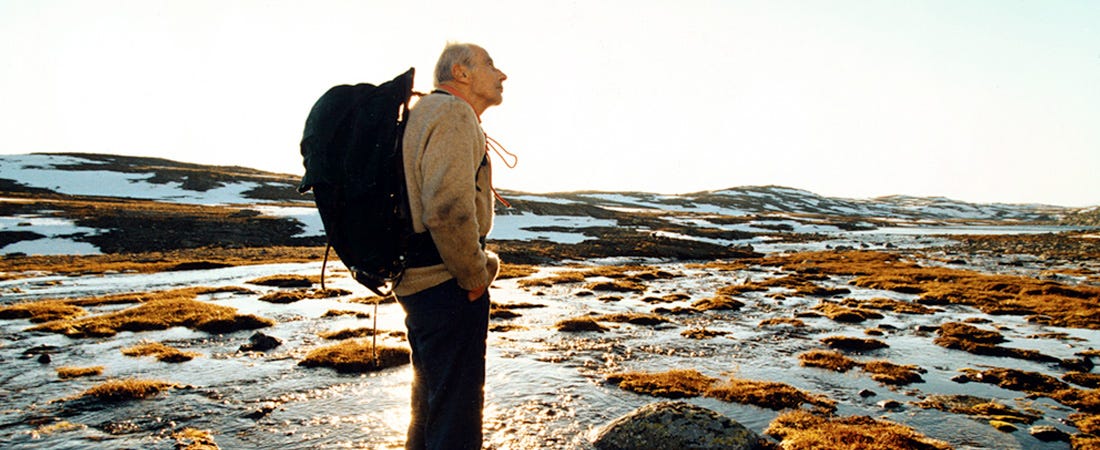
Norway — the birthplace of both deep ecology and farmed fish. “Friluftsliv” and oil extraction. The Sápmi people and hydroelectric dams. Norse paganism and deep-sea mining. Electric cars and an incredible environmental footprint. Majestic fjords and unprecedented wealth.
A country with a thousand faces.
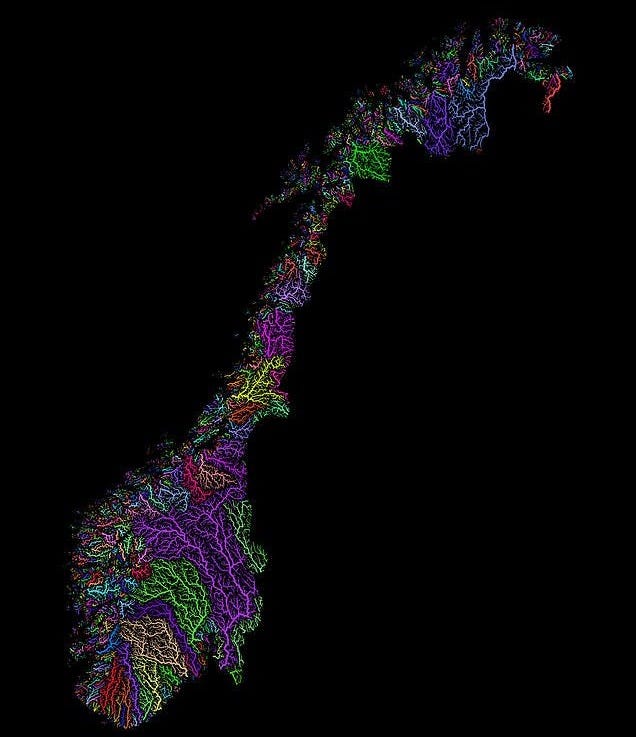
I’ve been living in Norway for almost two years. As a generator, I’m designed to respond rather than to initiate. I go where the energy is flowing, and amplify that energy. While I was here, I did not feel the vortex of energy that I was longing for.
As Laura Storm recently asked:
“Where are the regenerative weavers and practitioners in Norway?”
It feels like Norway is in a deep winter sleep, ready to be kissed awake by a warm beam of consciousness and to reconnect to its deep ecological heritage.
While there’s a recent surge of beautiful energy — through Regenerative Dialogues, the Oslofjord Restoration project, and a growing movement to provide legal protection for Oslo’s life-giving waterways — it feels right to move on.
This is not a goodbye, but a heartfelt "thank you". I’m deeply grateful for all the beautiful human and more-than-human relationships that emerged over the last two years.
Weaving a New Bioregional Home
“All sickness is home sickness.”
—Dianne Connelly
A new chapter in life is opening up. A place is calling, beyond Norway. A place to deeply root. A place to weave a beautiful communal nest. A place to channel all my bioregional love and joy into. A place to become one with.
I will continue my “snailing” journey the coming months, carrying my home on my back and within my heart. I will keep my eyes, ears and heart open. To listen to the whispers of place. To listen for a deep invitation to stay. While letting flowers bloom with my footsteps.
The winds of change are carrying me South. I feel this summer will be magical. Do you know any beautiful places, communities or bioregions that could use a weaver like me? Places that embody the more beautiful and symbiotic world our hearts know is possible?
I’d be grateful for any tips. Perhaps our paths are meant to cross — like meandering streams converging into rivers that find their way home.
With love,
Tijn.
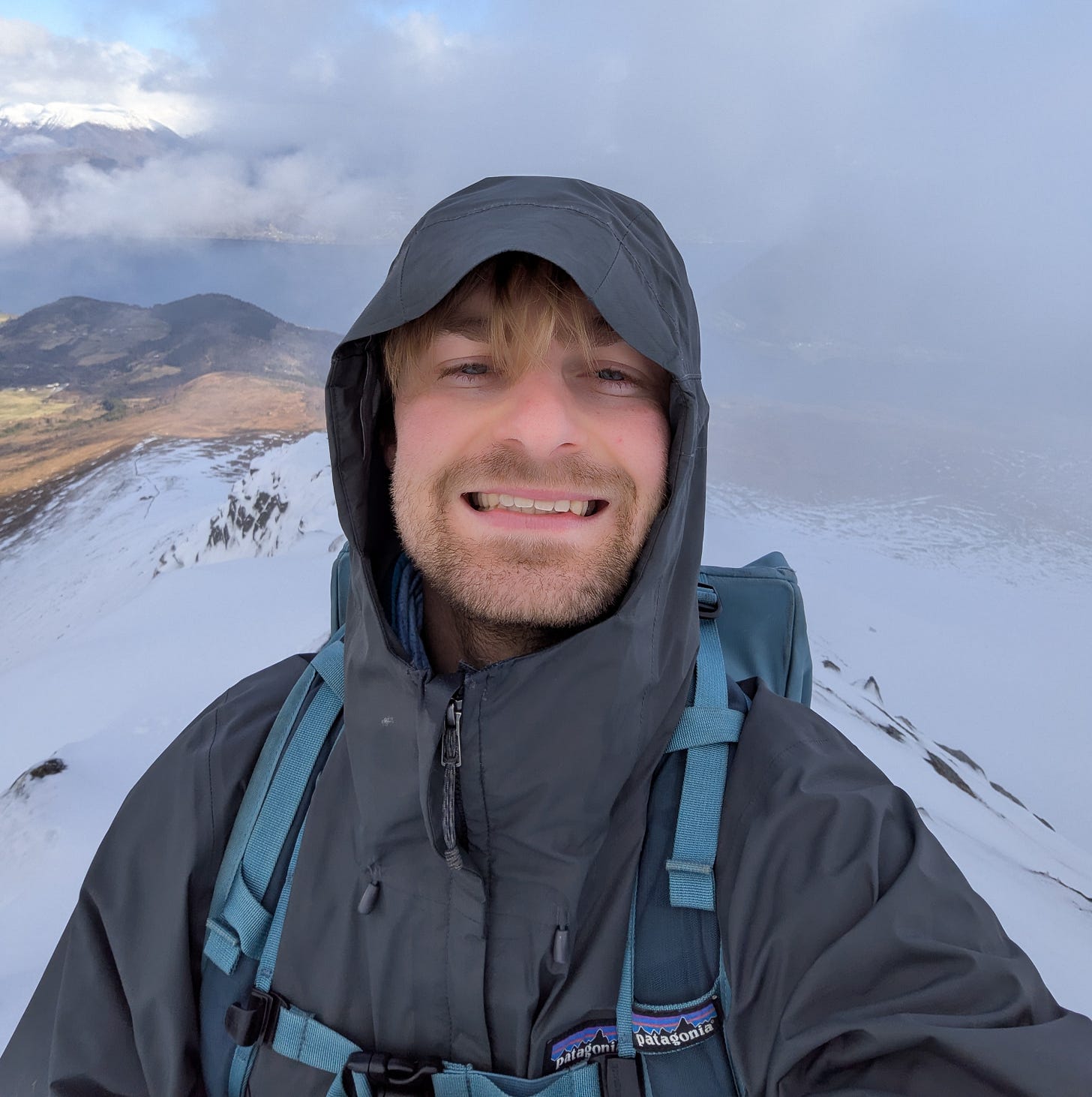





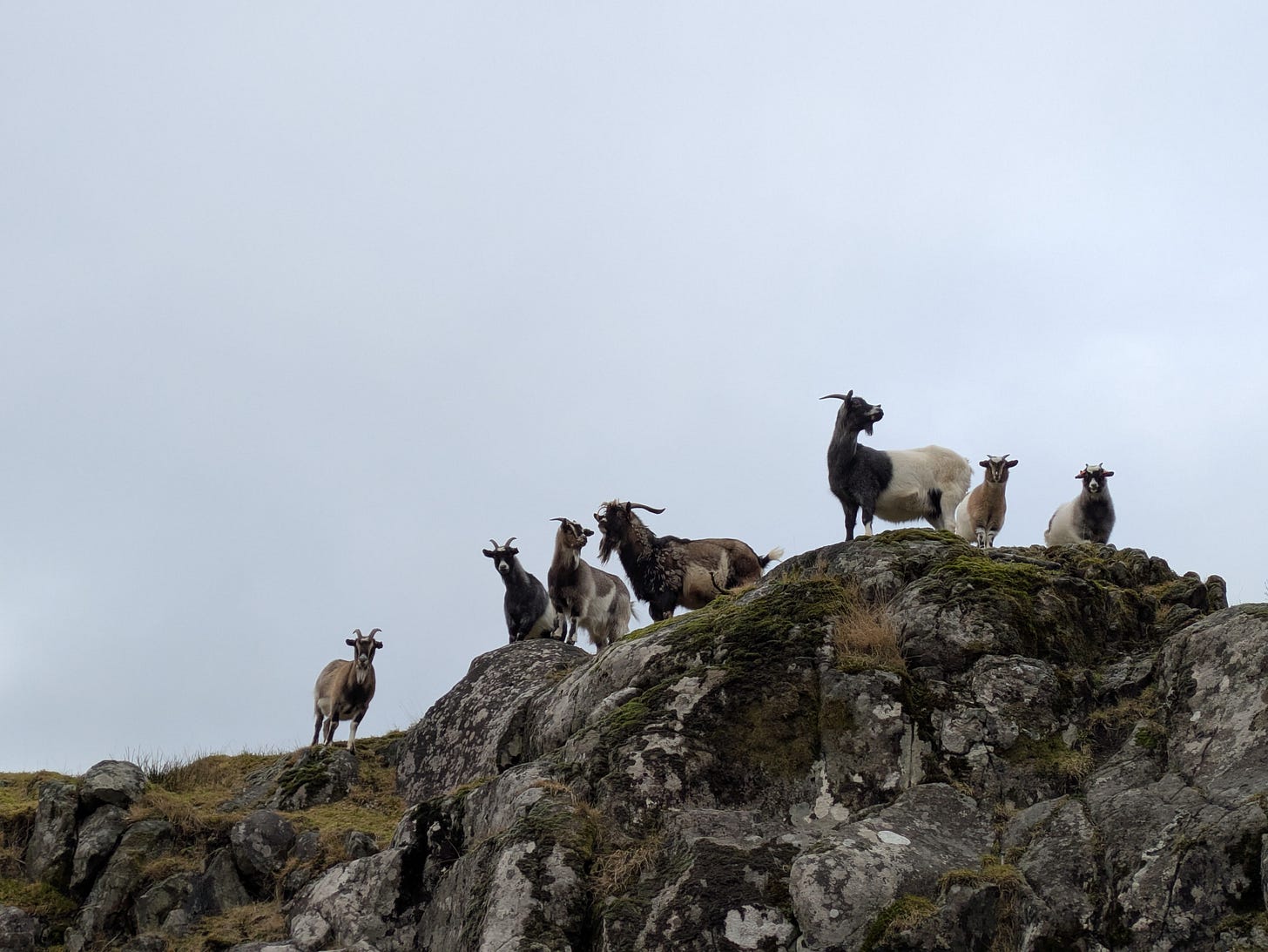
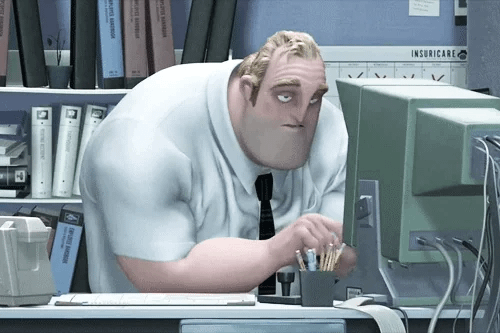
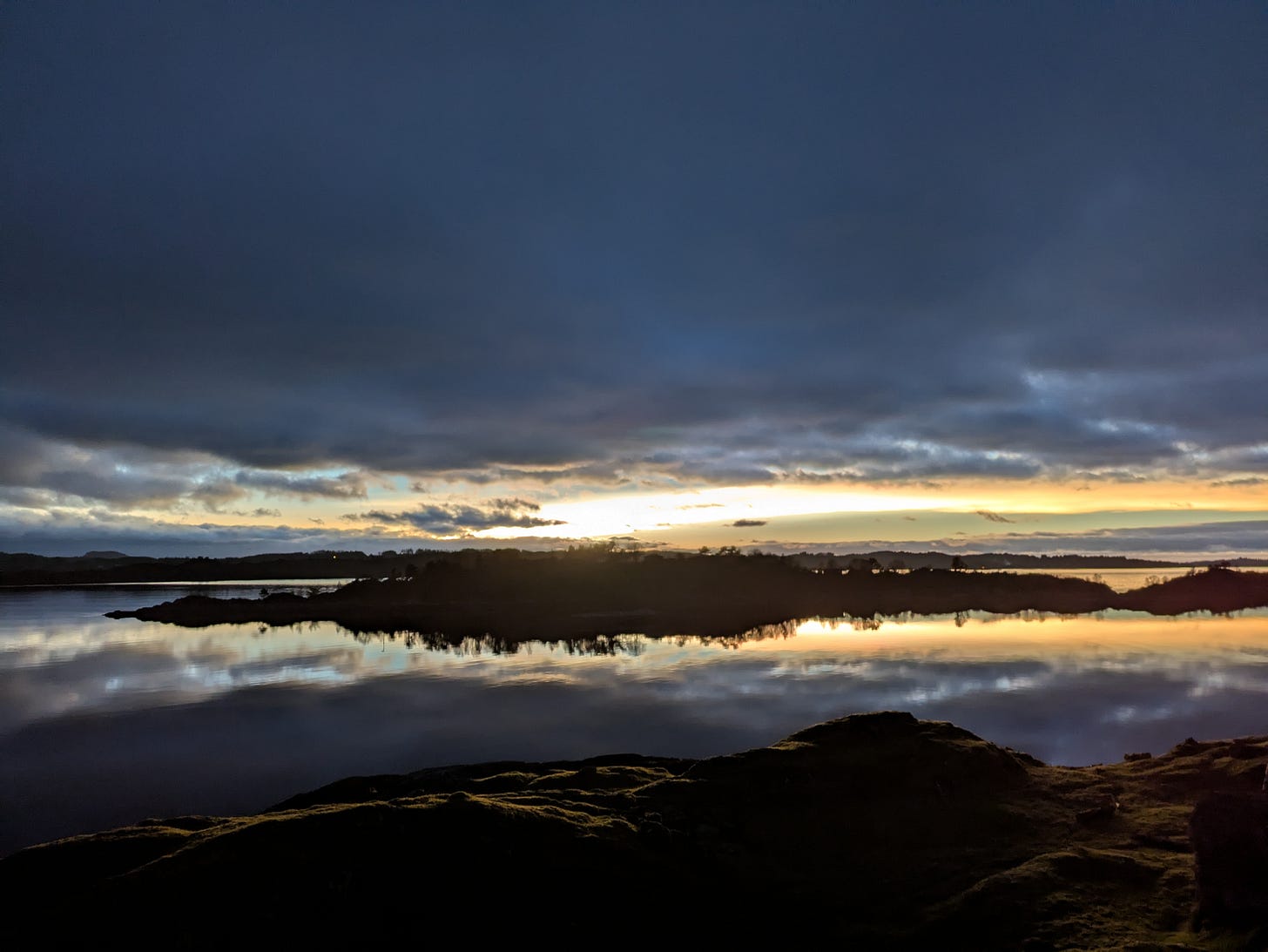


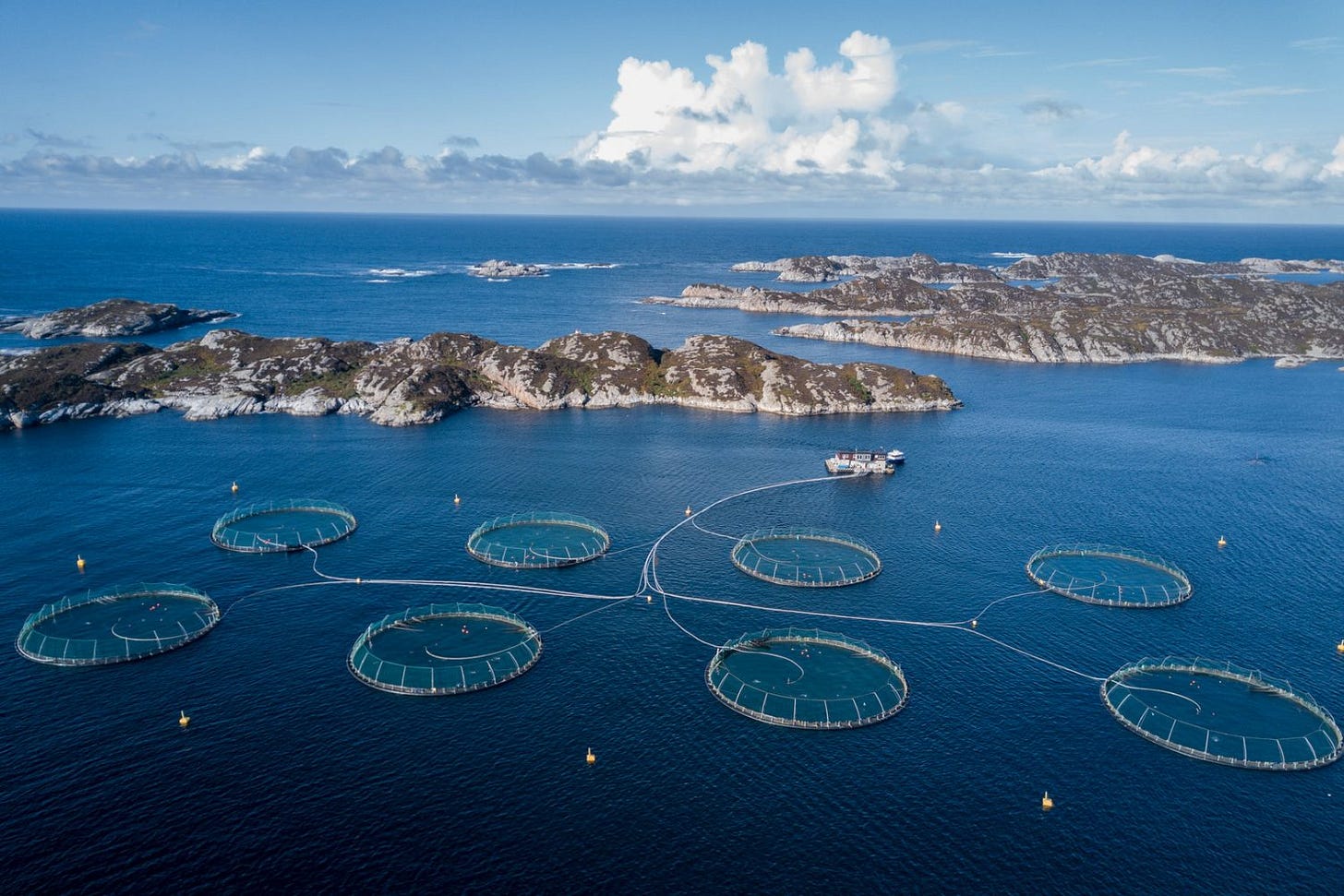

Sounds like a lovely and enriching journey. So nice that you had this opportunity to truly occupy a different space than modernity expects of us. I’m even more grateful that you not only did this in a vacuum, but have a platform and work that puts these lessons into service to the broader public. Also, thanks so much for the reference ;)
Hey Tijn, I love how you termed it “snailing”. I had a snailing phase the other year in Mexico and Guatemala, and had the amazing opportunity to be able to just respond (manifesting generator) and take part in natural building experiences and longer ecologically centered courses. I came back to Berlin and got sucked back into the city life, but am also going to look for a quieter rooting spot soon 🙂 it’s nice to read about your version of some of these experiences!